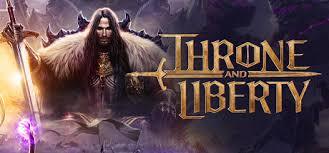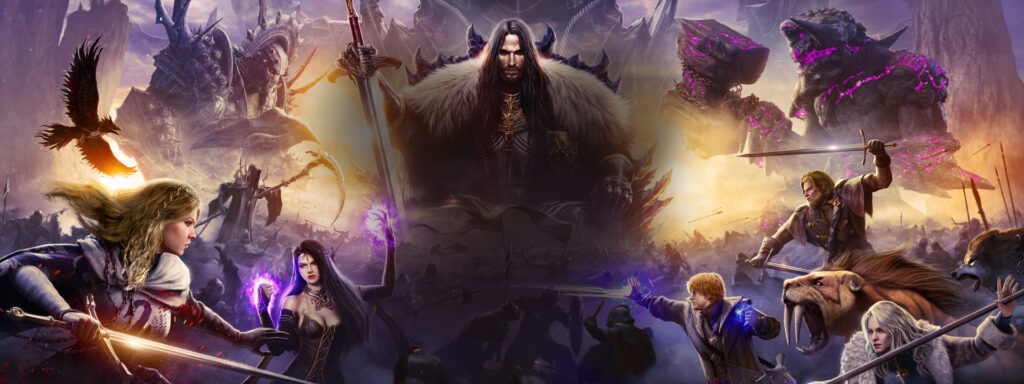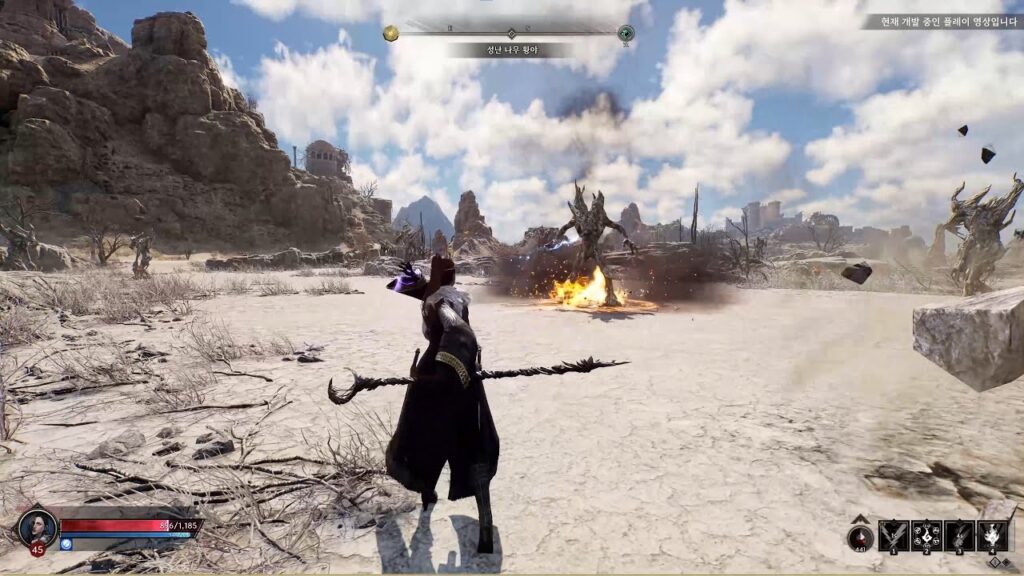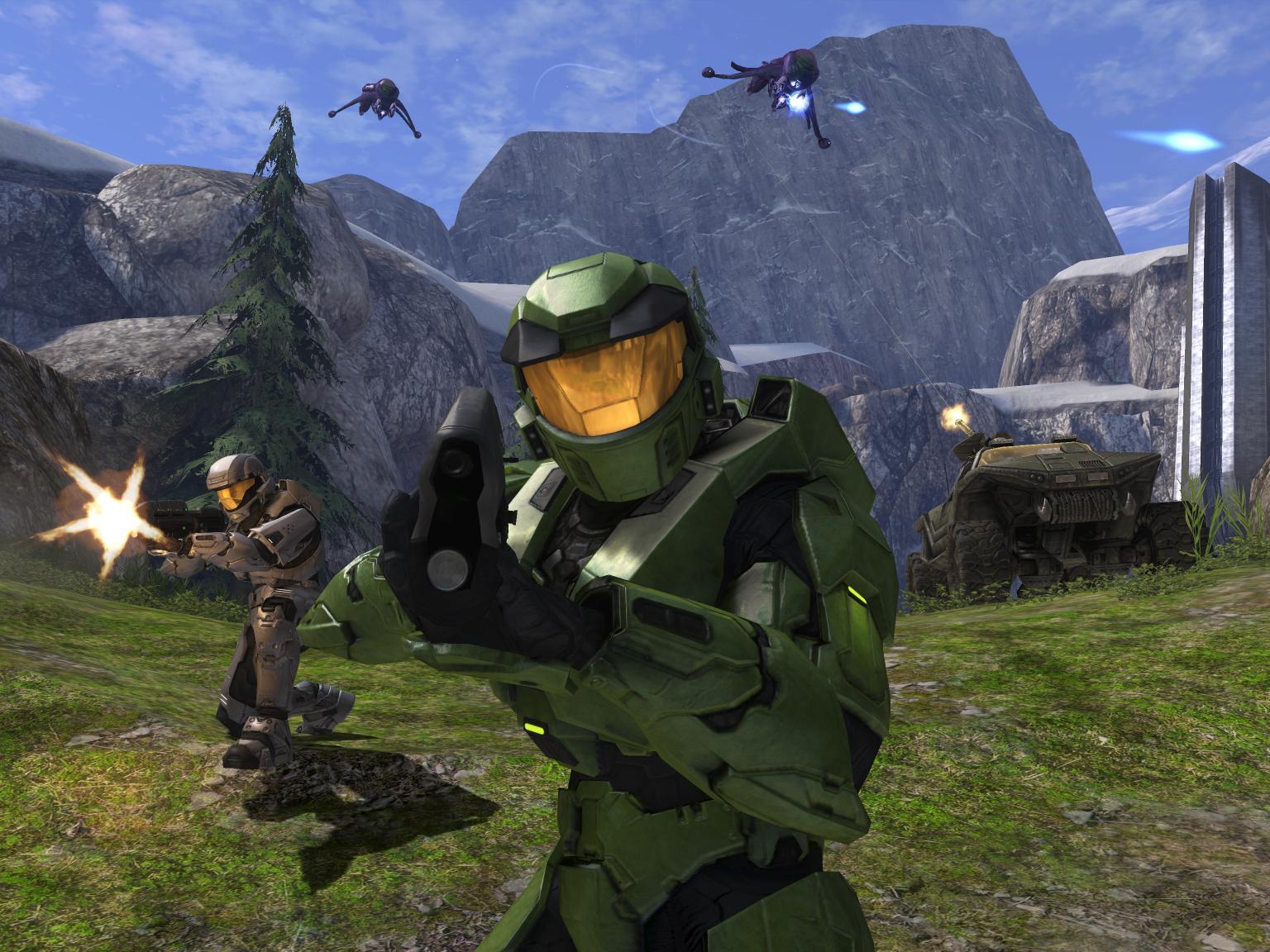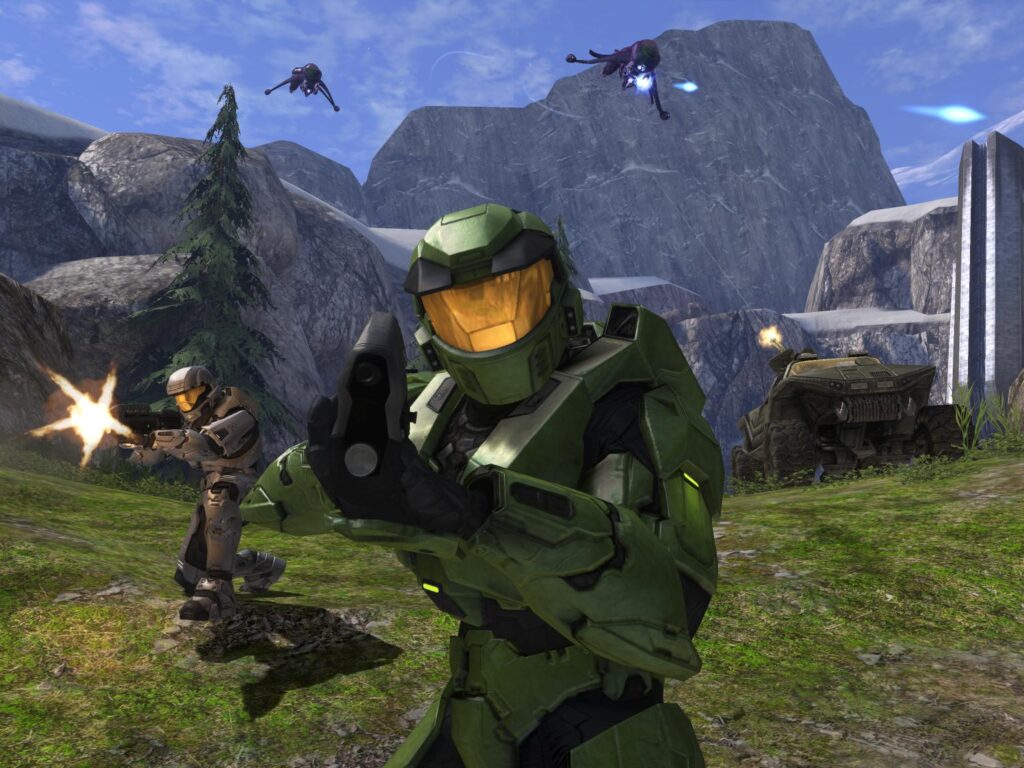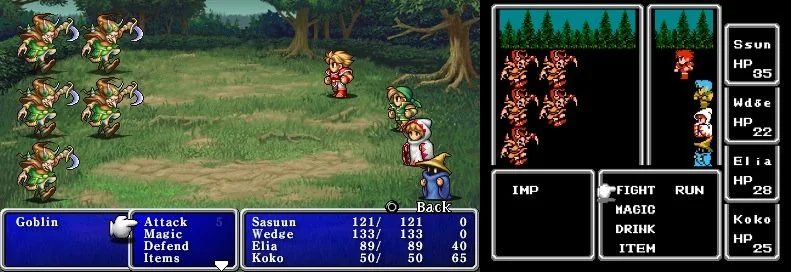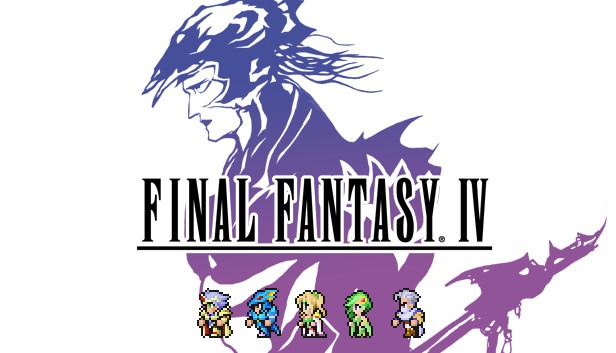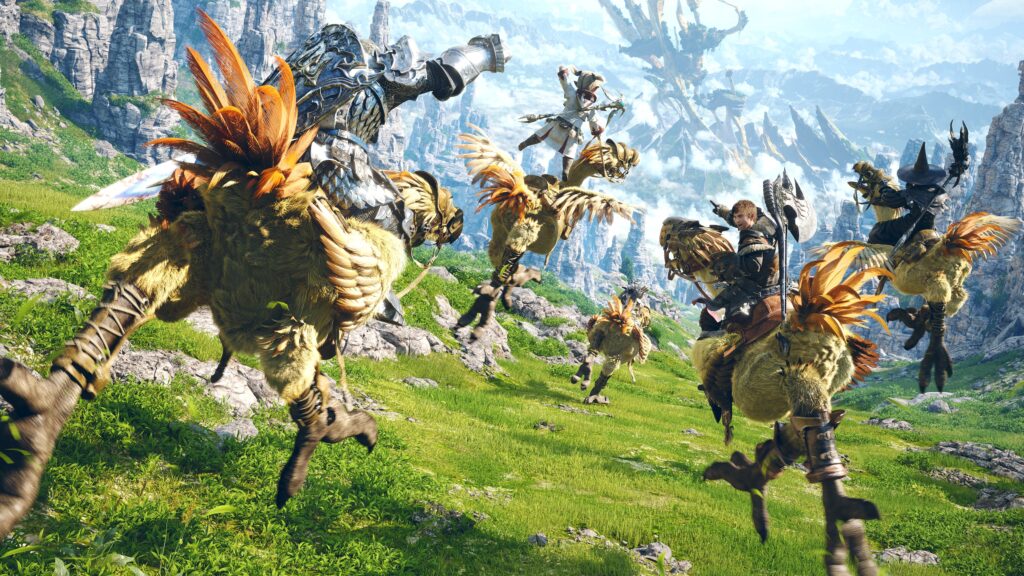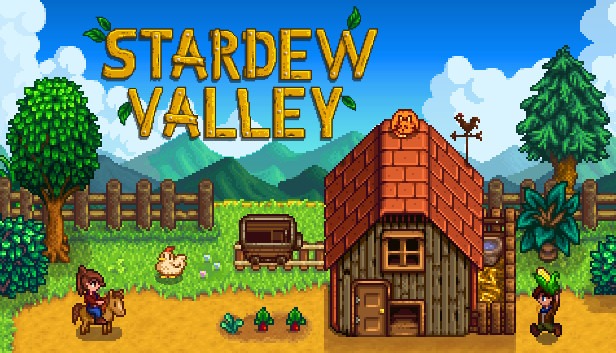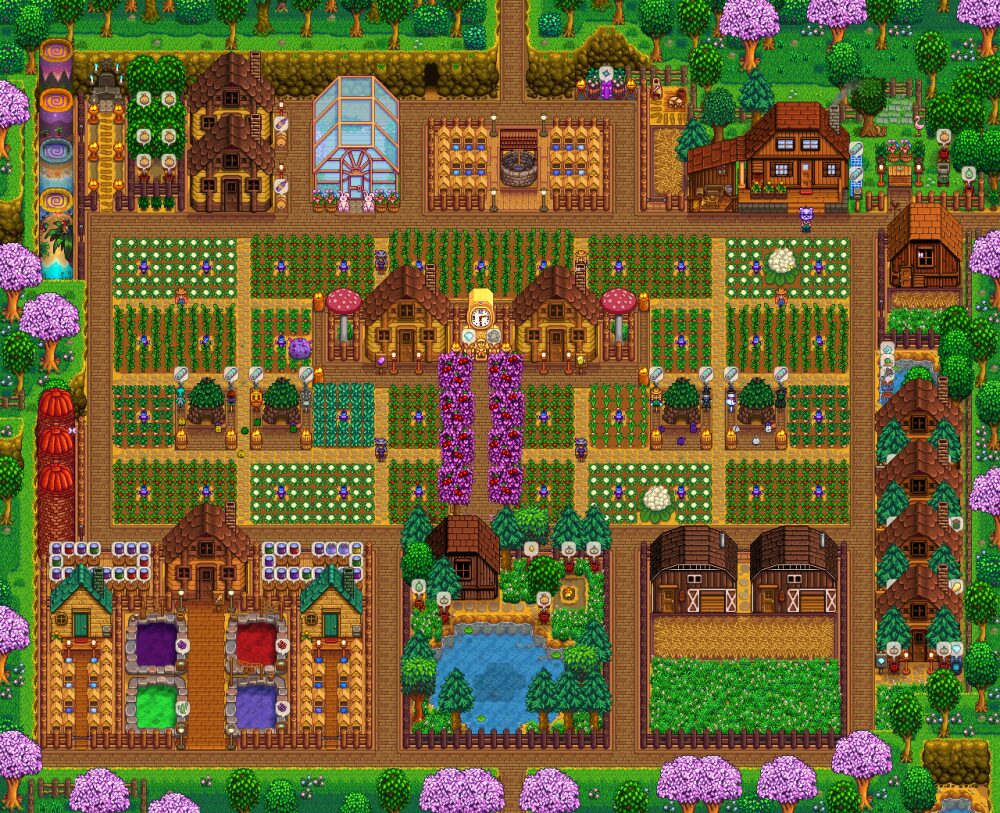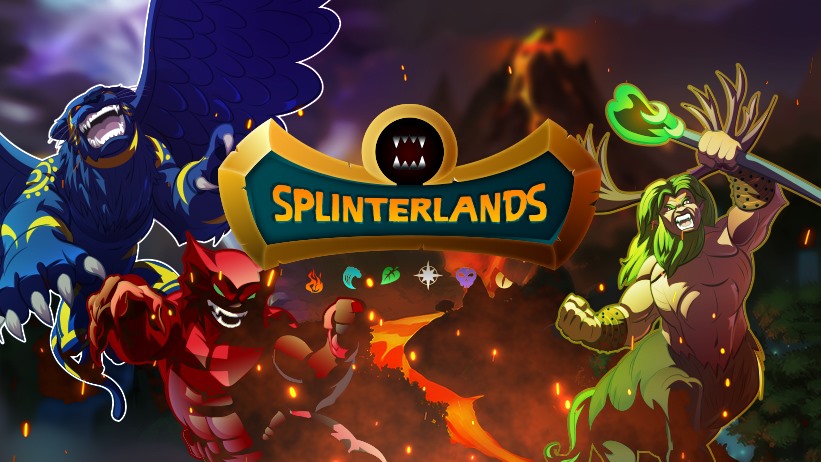Welcome to Throne and Liberty Kingdom Building!
Are you ready to dive into the ever-expanding world of Throne and Liberty? If you’re a fan of strategy games, kingdom-building games, or multiplayer RPGs, this game combines the best of all three worlds! Throne and Liberty is a deeply engaging experience where players build, manage, and protect their kingdoms, using strategic thinking, diplomacy, and skill to rise to the top. As you progress, the challenges and opportunities grow, making this one of the most thrilling kingdom-building games available today.
Throne and Liberty: Kingdom Building Basics
In Throne and Liberty, players start by constructing their kingdom from scratch. This includes designing fortified castles, building crucial infrastructure, and managing your resources effectively. Unlike traditional city-builders, Throne and Liberty introduces RPG elements where every choice impacts the development of your kingdom and your relationships with other players. Whether you prefer to focus on diplomacy, trade, or combat, your choices shape the future of your realm.
Strategic Gameplay: From Alliances to Combat
One of the standout features of Throne and Liberty is its complex political system. Players must navigate alliances, rivalries, and diplomatic challenges to expand their influence. As you grow your kingdom, you can form alliances with other players to gain powerful allies or declare war against rival kingdoms to expand your territory. Throne and Liberty constantly challenges players to think on their feet, as strategic decisions have long-lasting consequences.
- Alliance Building: Form powerful alliances to protect your kingdom and gain trading advantages.
- Diplomatic Choices: Use diplomacy to negotiate, form trade agreements, or end disputes peacefully.
- Combat and Defense: Protect your kingdom from invaders and retaliate with your own forces to secure your realm.
Resource Management and Expansion
To build a powerful kingdom, you must manage resources carefully. From food supplies to precious minerals, each resource plays a role in your kingdom’s growth and prosperity. Gathering resources allows you to strengthen your economy, expand your territory, and train your armies, making resource management a critical part of gameplay. Throne and Liberty also features a dynamic economy that can fluctuate based on trade, alliances, and wars.
- Resource Gathering: Harvest resources from your land or trade with allies to meet your kingdom’s needs.
- Economy Management: Use strategic planning to keep your economy stable and ready to support expansion.
- Training and Upgrades: Invest in your armies to defend your kingdom or launch offensives against rivals.
Navigating Throne and Liberty’s Dynamic World
As you play, you’ll encounter new regions, players, and opportunities to explore. Whether you’re interested in land acquisition, conquest, or peaceful expansion, Throne and Liberty has a path for every player style. However, this world is full of challenges—unpredictable conflicts, rebellions, and scarcity of resources can test even the most seasoned leaders.
- Explore and Expand: Discover new territories and expand your kingdom.
- Manage Challenges: Face dynamic events like invasions, natural disasters, and market fluctuations.
- Diplomacy and Strategy: Handle complex political relationships that could help or hinder your progress.
Community and Multiplayer Features in Throne and Liberty
One of the unique aspects of Throne and Liberty is its online multiplayer community. You can team up with friends, form powerful alliances, or engage in friendly competition. The community fosters a sense of camaraderie and shared goals, creating a social experience within the game’s world. By collaborating with others, you can unlock new opportunities for your kingdom, such as shared resources or allied defenses.
- Join Alliances: Forge alliances with other players for shared goals and mutual defense.
- Trade and Collaborate: Trade resources or form pacts to strengthen your economy.
- Compete or Cooperate: Engage in friendly competition or work with others to conquer challenging quests.
Why Play Throne and Liberty in 2024?
With recent updates, Throne and Liberty continues to expand its features, offering improved graphics, new challenges, and enhanced multiplayer options. The game is constantly evolving, with fresh events and challenges that keep the experience dynamic and immersive. Whether you’re a newcomer or a veteran, the game offers something for everyone, making it one of the top kingdom-building games in 2024.
In Throne and Liberty, every choice you make—from alliances to economic decisions—affects the path your kingdom takes. Ready to dive into this immersive journey? Join the community today and begin your quest for glory! Visit Throne and Liberty on Absurd.link to join our group and share your experiences with fellow strategists!

